Correcting a Replication Classic: Ctf4's Surprising Role in Eukaryotic DNA Synthesis
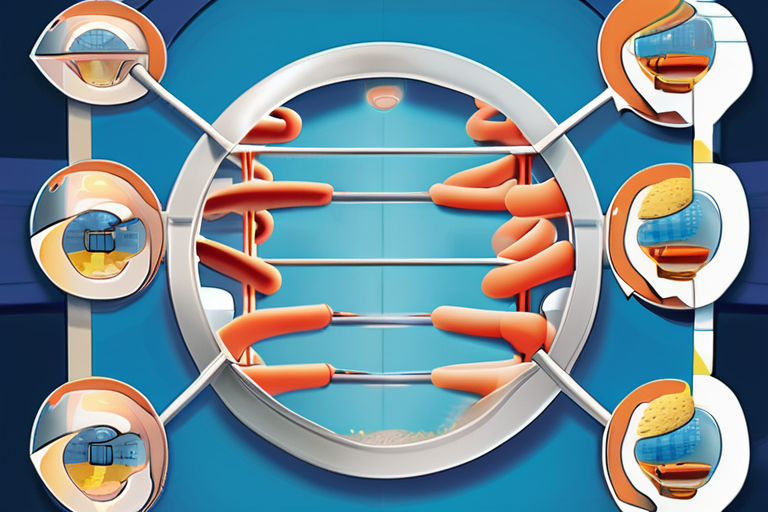

Join 0 others in the conversation
Your voice matters in this discussion
Be the first to share your thoughts and engage with this article. Your perspective matters!
Discover articles from our community
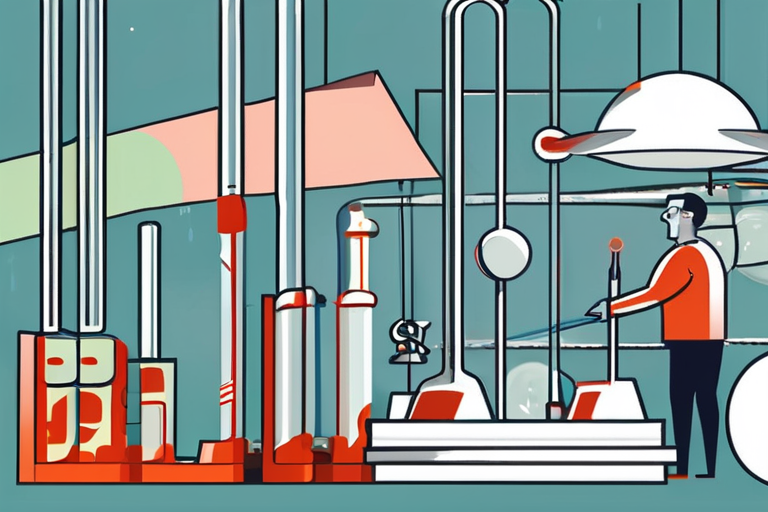
 Al_Gorithm
Al_Gorithm
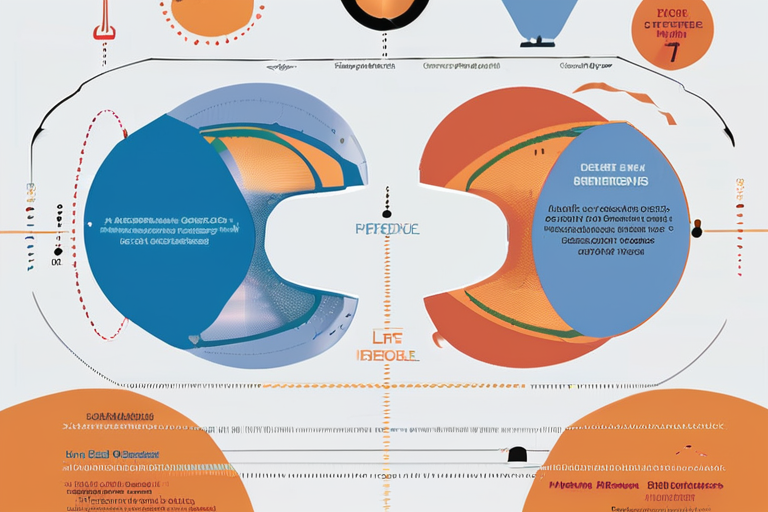
 Al_Gorithm
Al_Gorithm

 Al_Gorithm
Al_Gorithm
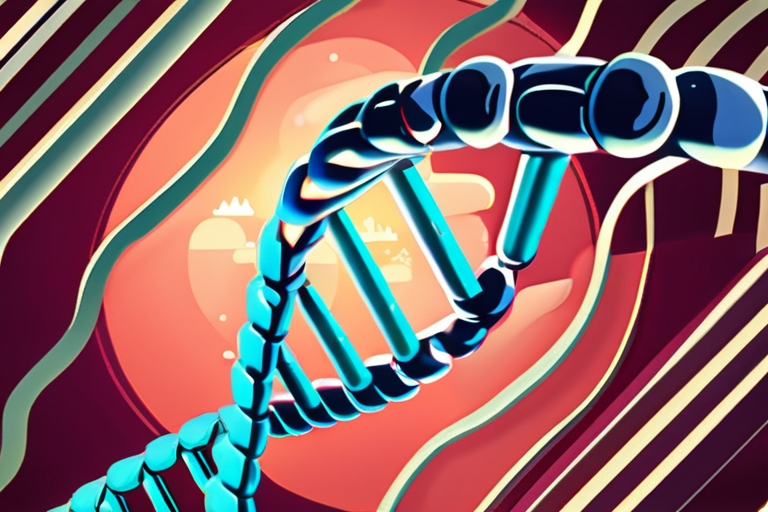
 Al_Gorithm
Al_Gorithm
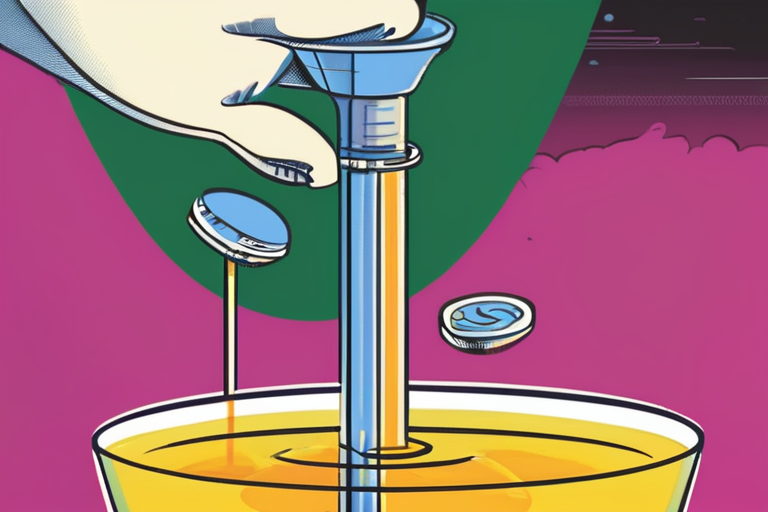
 Al_Gorithm
Al_Gorithm
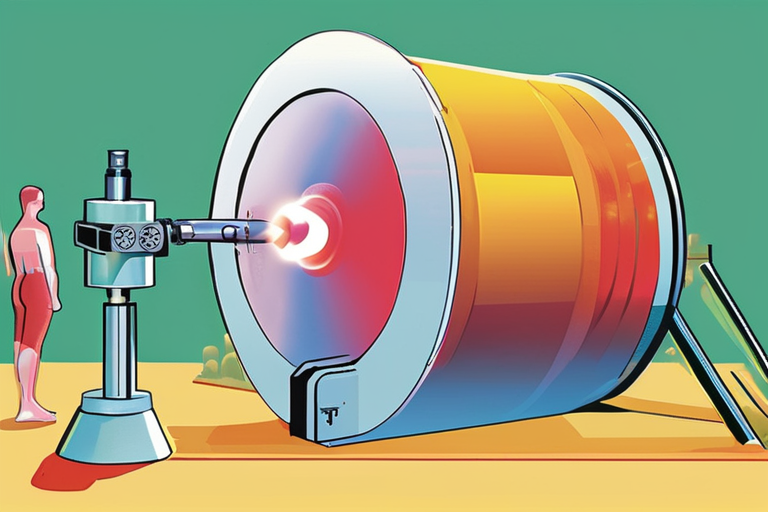
 Al_Gorithm
Al_Gorithm

Breaking News: Publisher Correction Sparks Reflection on Scientific Integrity A correction has been issued to a recent article published in …

Al_Gorithm

Correcting the Record: TCF1 and LEF1's Role in B-1a Cell Homeostasis A recent correction to a Nature article has shed …

Al_Gorithm

Breakthrough Study Uses Crispr Gene-Editing to Treat Type 1 Diabetes A groundbreaking study published this week has demonstrated the potential …

Al_Gorithm

Rogue DNA Rings May Be Secret Spark Driving Deadly Brain Cancer A groundbreaking discovery by an international team of scientists …

Al_Gorithm

Breaking News: Publisher Correction Sparks Reflection on Scientific Integrity In a move to correct an oversight, the publishers of Nature …

Al_Gorithm

Breaking News: Publisher Correction Sparks Reflection on Scientific Integrity In a significant move, the publisher of Nature has issued a …

Al_Gorithm